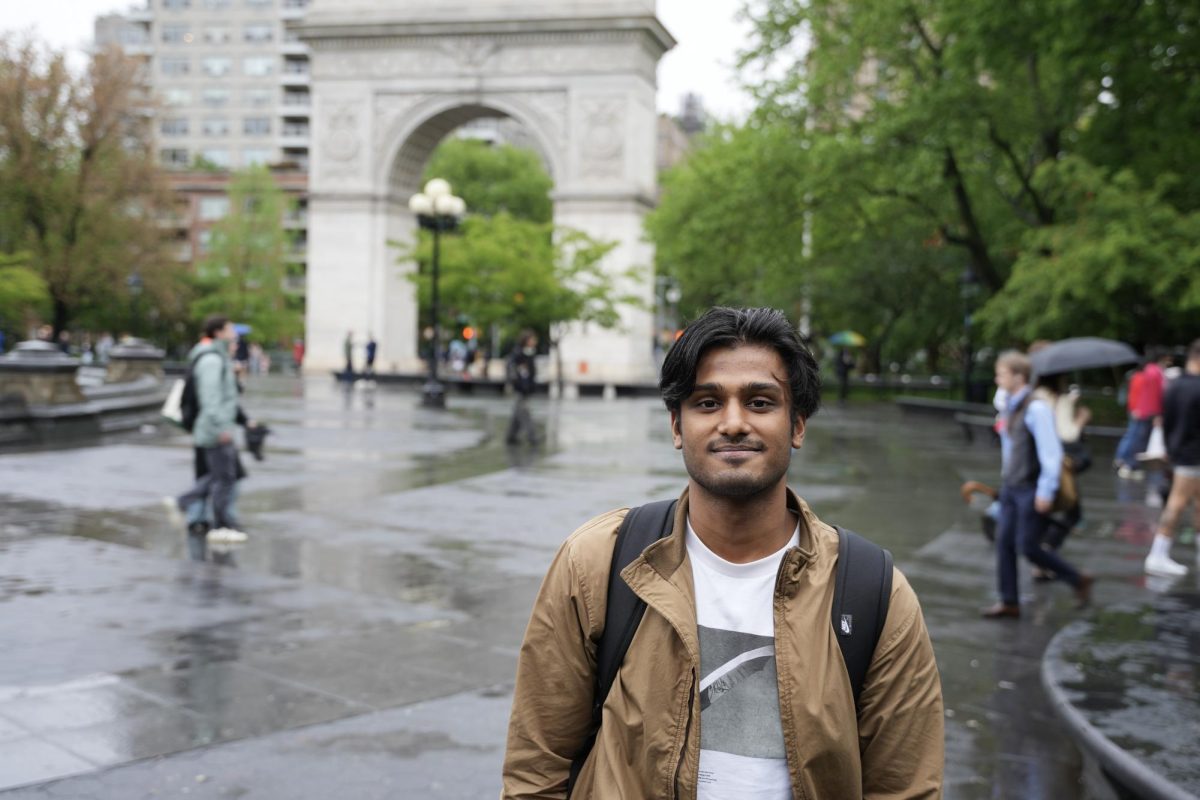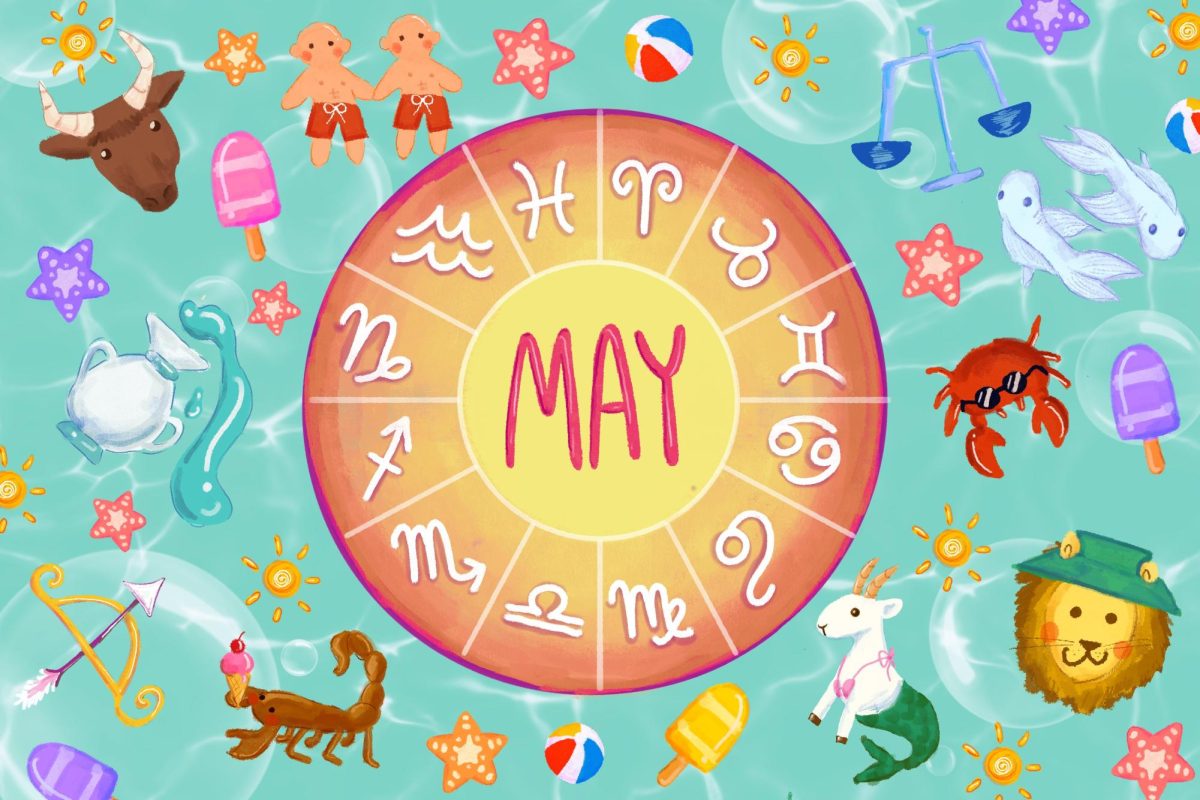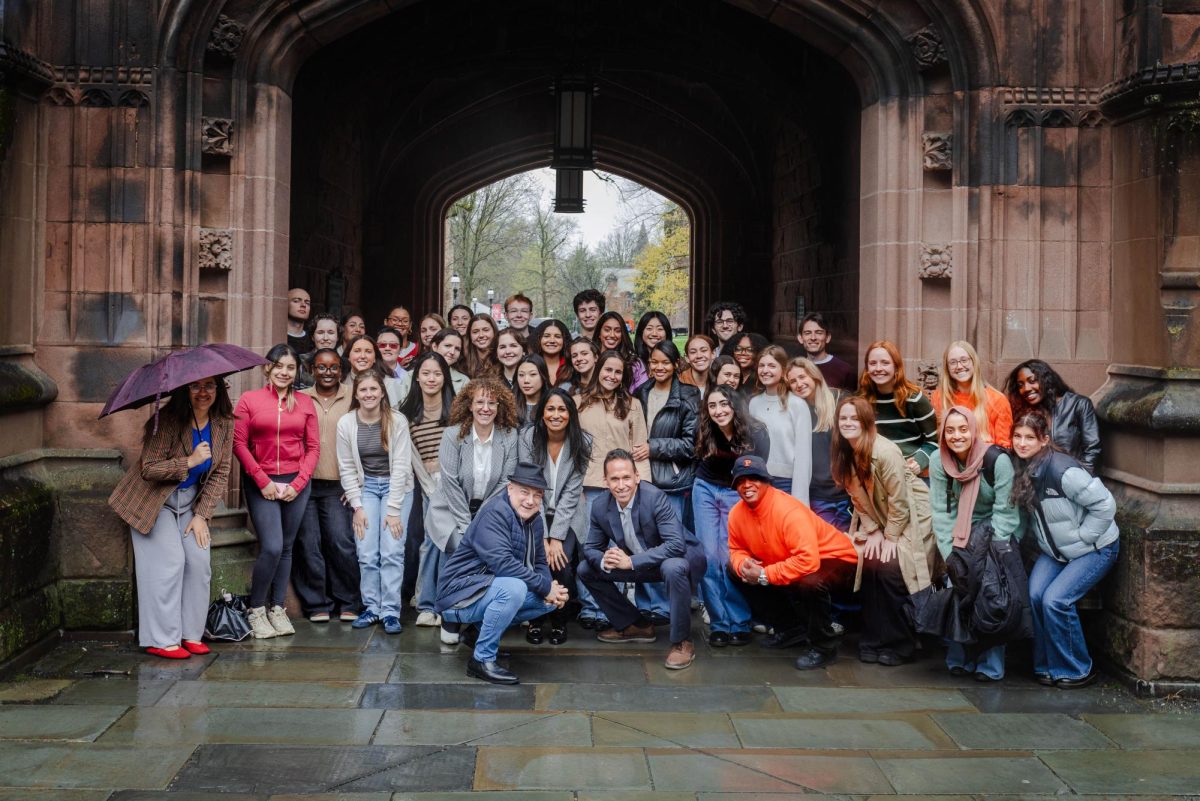As the relief effort for victims of Hurricane Sandy continues, those who wish to donate their time to provide basic essentials during the cleanup are finding more modern mobilization tools. Social media and new applications for smartphones are contributing to the effort by organizing volunteers and resources with the click of a button, allowing more people to get involved than ever before.
Social media served as one of the primary information channels for many New Yorkers during the hurricane. When Sandy knocked out power to Lower Manhattan, the displaced trekked to beacons of light — or any place north of 26th Street — where power was still on, and some places opened their doors to allow people to charge electronic devices. Many took advantage of the opportunity to connect to Twitter, Facebook and other social media to learn the latest news and converse with family and friends. By linking New Yorkers to the outside world, these ingenious technological products provided a sigh of relief amid the chaos.
And now comes the aftermath. This 21st century landscape is equally conducive for mobilizing volunteers. Several organizations and software developers have surfaced since Hurricane Sandy hit, such as Crisis Mappers and Hurricane Hackers, which use coding skills and real-time data to aid and direct first responders with food, shelter and other relief services. These allow volunteers to find the places most in need and the displaced to access information about shelters and relief services. Taking advantage of cell phone networks during power outages, these collective efforts represent hacking’s attempt at shedding its negative connotations, working to promote social good.
The convenience of social mobile-izing is the simplification of getting from one’s home to the affected areas, maximizing the impact of the few hours each volunteer has available. Using the GPS beacon method, potential volunteers can avoid the institutional burdens normally associated with community service and expedite the process of traveling to disaster areas at times that are convenient. As a result, good Samaritans are spending most of their service experience directly assisting hurricane victims.
This Thanksgiving, as more fortunate families sit down to the dinner table, they should remember those who are still searching for shelter, food and other basic materials and consider the value of a few hours spent making the lives of disaster victims more whole. Especially now, when it’s as easy as sending a text.
A version of this article appeared in the Monday, Nov. 19 print edition. Email the WSN Editorial Board at [email protected].






















































































































































